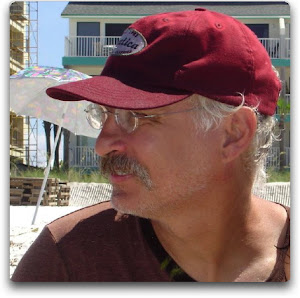The historical account below is published with the author's permission. I annotated two typographical errors. The document is best read with fullscreen view. The reader may find this option at the right-hand corner of the task bar at the bottom of the text window or may open a new window, using this link.
The lecture revisits the development of the fluorodeoxyglucose method for the imaging of the brain's metabolic activity. The author, whose contribution was instrumental in the endeavor, presented the lecture via video at Brookhaven National Laboratory (BNL) Oct. 19, 2012. The occasion was a symposium convened to celebrate the designation of BNL's chemistry department by the American Chemical Society as a historical site in recognition of its pivotal role in the adaptation of the method to the non-invasive use in humans.
The history of the fluorodeoxyglucose method represents a striking example for the value of basic research. It demonstrates that the translation of discoveries from bench to bedside involves unrelenting dedication and, at times, serendipity. Furthermore, this example shows that the process may require decades of continued funding, before the investment eventually comes to fruition. None of the investigators who embarked on this endeavor in the 1940s fathomed that their efforts would lead one day to the most widely used diagnostic tool for the staging of cancer anywhere in the body.







No comments:
Post a Comment